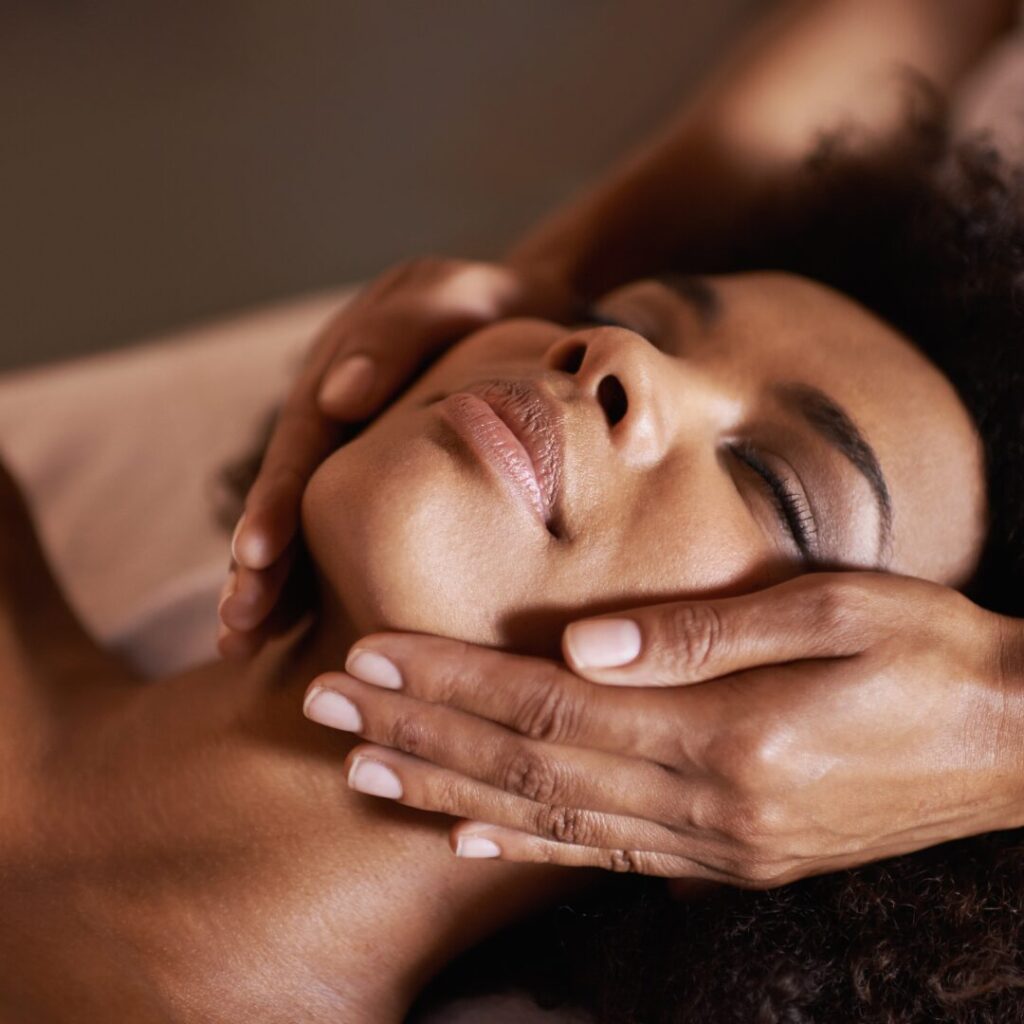

Facials involve deep cleansing, exfoliation, and massage techniques that promote the removal of dead skin cells
Help to replenish and lock in moisture, leaving the skin hydrated and supple
The massage and relaxation components of facials can help reduce stress and tension
The massaging and gentle pressure used during facials enhance blood circulation, promoting a healthy glow
Different types of facials can be tailored to address specific skin concerns, such as acne, aging, pigmentation, and sensitivity
A facial is a professional skincare treatment that typically involves cleansing, exfoliation, extraction, massage, and a mask. It's beneficial because it helps improve skin health by removing impurities, promoting circulation, and providing targeted treatments for various skin concerns.
The frequency of facials depends on your skin type, concerns, and goals. On average, getting a facial every 4-6 weeks can help maintain healthy skin, while specific issues might require more frequent visits initially.
Yes, facials can be adapted for different skin types, including sensitive, oily, dry, and combination skin. Professional estheticians customize the treatment to address specific needs and avoid ingredients that might trigger sensitivities.
Yes, facials can be effective in treating acne and blemishes. Estheticians can perform extractions to remove comedones, use anti-inflammatory ingredients, and recommend skincare routines to manage acne-prone skin.
Generally, there are minimal side effects like mild redness or sensitivity, which usually subside within a few hours. Some intensive treatments might lead to temporary peeling. It's advisable to avoid direct sun exposure immediately after a facial and follow post-care instructions provided by the esthetician.